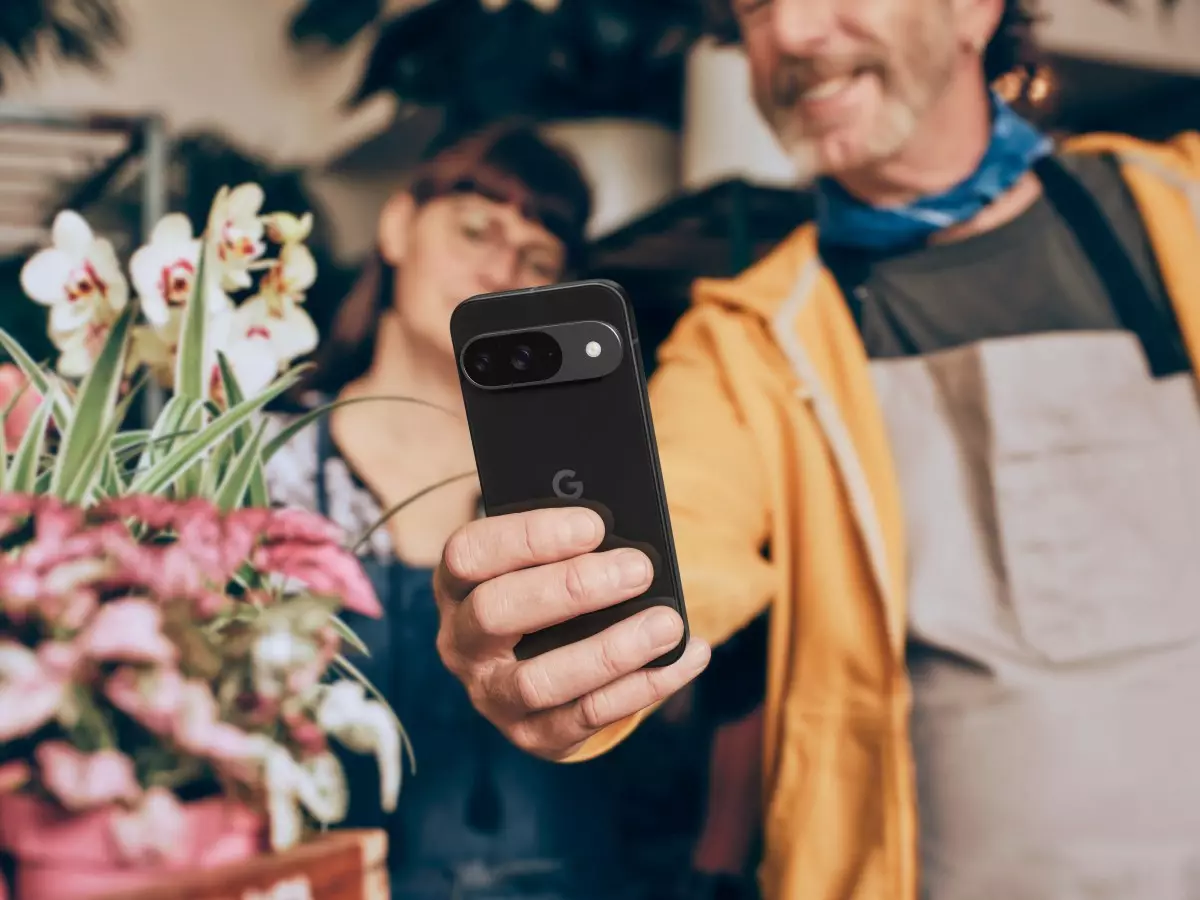In recent years, the landscape of digital photography has been irrevocably transformed by the introduction of generative artificial intelligence. As this technology matures, it has become increasingly capable of altering images in ways that challenge traditional notions of authenticity. Recognizing the potential confusion this may create for viewers, Google recently announced a significant step aimed at ensuring transparency in how images are represented. With the introduction of digital watermarks for AI-edited photos, particularly those modified using the Reimagine feature on Pixel 9 devices, the tech giant is proactively addressing the complexities that arise from combining creativity with AI capabilities.
Launched in 2024, the Reimagine tool has enabled users to engage with their images in an unprecedented manner. By leveraging advanced algorithms and generative AI, this feature allows photographers to make extensive alterations, whether enhancing a simple snapshot or creating a vastly different composition. Unlike traditional editing software that may provide limited tools for modifications, Reimagine pushes boundaries by offering users the ability to manipulate elements within their photos significantly. However, this also raises critical questions about the integrity of the images produced, particularly as they closely resemble authentic photographs. The challenge lies in discerning which images have undergone AI intervention, prompting the need for a clear identification system.
To tackle these transparency concerns, Google has opted for a sophisticated approach through the use of SynthID. Developed by DeepMind, this digital watermarking technology enables Google to embed watermarks discreetly within AI-altered content. This process ensures that the original image remains untainted while still providing a means of identification. Users can access this information by reviewing the ‘About this Image’ section, which outlines whether an image has undergone AI alterations. However, not all edits will trigger a watermark; minor changes might go undetected, underlining the need for consumers to remain vigilant.
As generative AI becomes increasingly common in photography, concerns about authenticity and ownership become more prevalent. Digital watermarking provides a framework for accountability, addressing the anxieties expressed by creators and audiences alike. This is especially pertinent in an age where misinformation can spread rapidly through visual mediums. By adopting a system that clearly signifies AI-generated or AI-enhanced content, Google aims to foster trust among users, thereby ensuring that the line between reality and fabrication remains discernible.
As technology evolves, the imperative for transparency in digital content will only grow. Google’s initiative to implement digital watermarks in AI-edited images is a commendable step toward creating a more accountable digital landscape. While the feature is currently in beta and may require further refinements, it sets a precedent for the industry. As various platforms and apps begin to navigate the challenges posed by AI, adopting similar measures could eventually cultivate an environment where both creativity and authenticity coalesce seamlessly. In a world saturated with digitally manipulated content, understanding what lies behind an image’s creation will define our interaction with visual media in the future.

